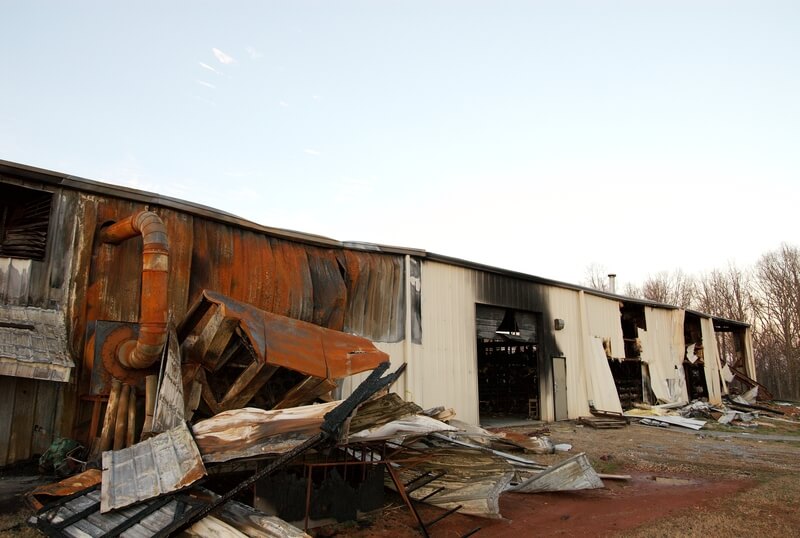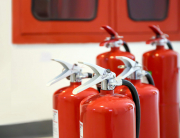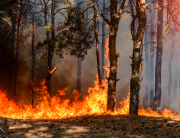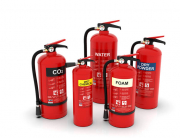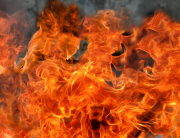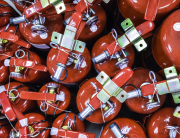A fire breaking out in a warehouse is one of the nightmare scenarios for a business. So, it’s no surprise that businesses are keen to minimise the risk of fires. Companies need to take their fire safety seriously, especially in a warehouse environment. You need to have a good idea of what causes warehouse fires to start so that you can put measures in place to minimise the risk.
As the saying goes, “Prevention is better than cure” and this is also true for fires. By researching the causes of warehouse fires, puts you in good stead to prevent them in the first place.
What are the most common causes of warehouse fires?
Here we take a look at some of the major causes of warehouse fires, as well as how to prevent them from breaking out.
§ Fires that are set intentionally– It is unfortunately the case that one of the most common causes of warehouse fires are those that are caused by arson.
§ Problems with electricity and lighting- These are major causes of fires usually started by electrical and lighting equipment.
§ Heating equipment- Can easily catch fire if something overheats.
§ Exposure- This is a specific firefighting term that refers to materials that are combustible but that are not currently on fire.
§ Smoking material- People who smoke indoors or near to flammable materials.
There are many things that businesses can do to minimise the risk of fires occurring.
What to do if your warehouse catches fire?
If you spot a fire the most important thing is your personal safety. The fire should be reported to ensure the safety of all the staff on the premises, and possibly alert the fire brigade. If it’s safe to tackle the fire, make sure you use the right type of fire extinguisher.
There are 4 different categories of fire extinguishers and it’s essential that you use the correct one.
§ CO2– class B extinguishers are used for fires that break out due to electrical faults.
§ Water– used for class A fires. These are fires that break out from combustibles such as wood or paper.
§ Powder– These blue labelled extinguishers work for classes A, B, and C as the powder dispensed covers the area to remove any oxygen.
§ Foam– This is safe for combustible objects such as wood or paper, but it’s also safer for use around electrical equipment.
The correct use of fire extinguishers is a routine part of fire training in the workplace.
This can be accessed through the fire brigade or from fire management companies, for example, Northants Fire – fire risk assessment Northampton.
How to avoid warehouse fires
Fire Risk Assessments – it is a legal requirement to have a fire risk assessment. It’s advisable to have professionals manage this process for you to ensure that it is carried out correctly. Northants Fire offer fire risk assessments in the Northampton area.
Smoke Detectors and Fire Alarms – you should ensure that you have smoke detectors installed across your warehouse paying special attention to any areas that may be vulnerable to a fire breaking out.
Fire Extinguishers – you should have fire extinguishers of all appropriate types dependent on location. However, it’s important to note that fire extinguishers should only be used for the appropriate types of fire, so you’re likely to need more than one type in each location.
Summary
In the event of a fire, personal safety is paramount. Only if it is safe to do so, should you fight the fire using the right class of equipment. If you are unsure, then leave it to the professional fire fighters.
Preventing fires before they have the opportunity to start is the best policy, with a thorough risk assessment and following professional advice. Preventive measures include smoke detectors and fire alarms, these need to be serviced and tested regularly. Contact us today to book a risk assessment.

